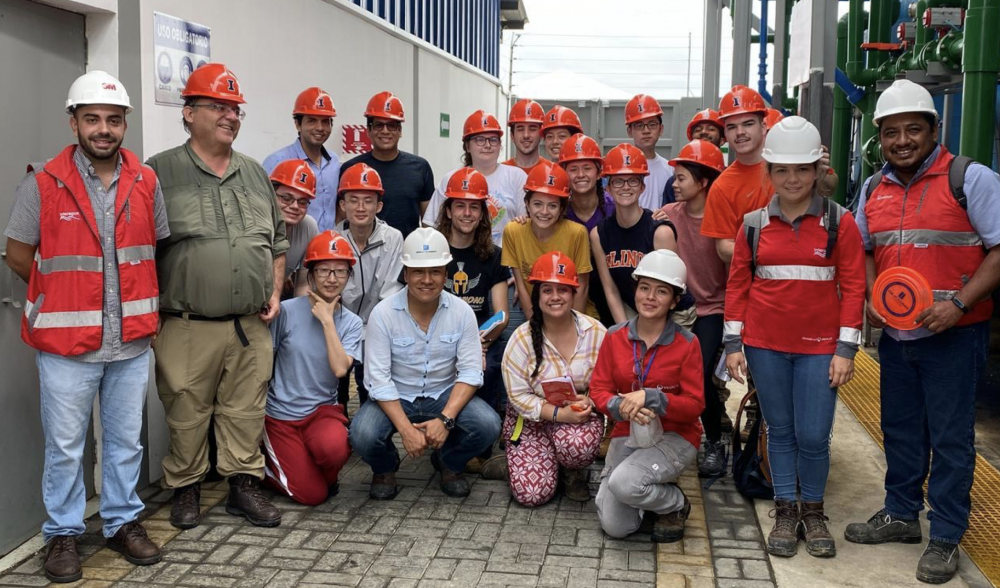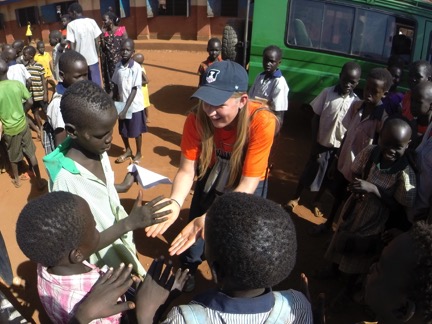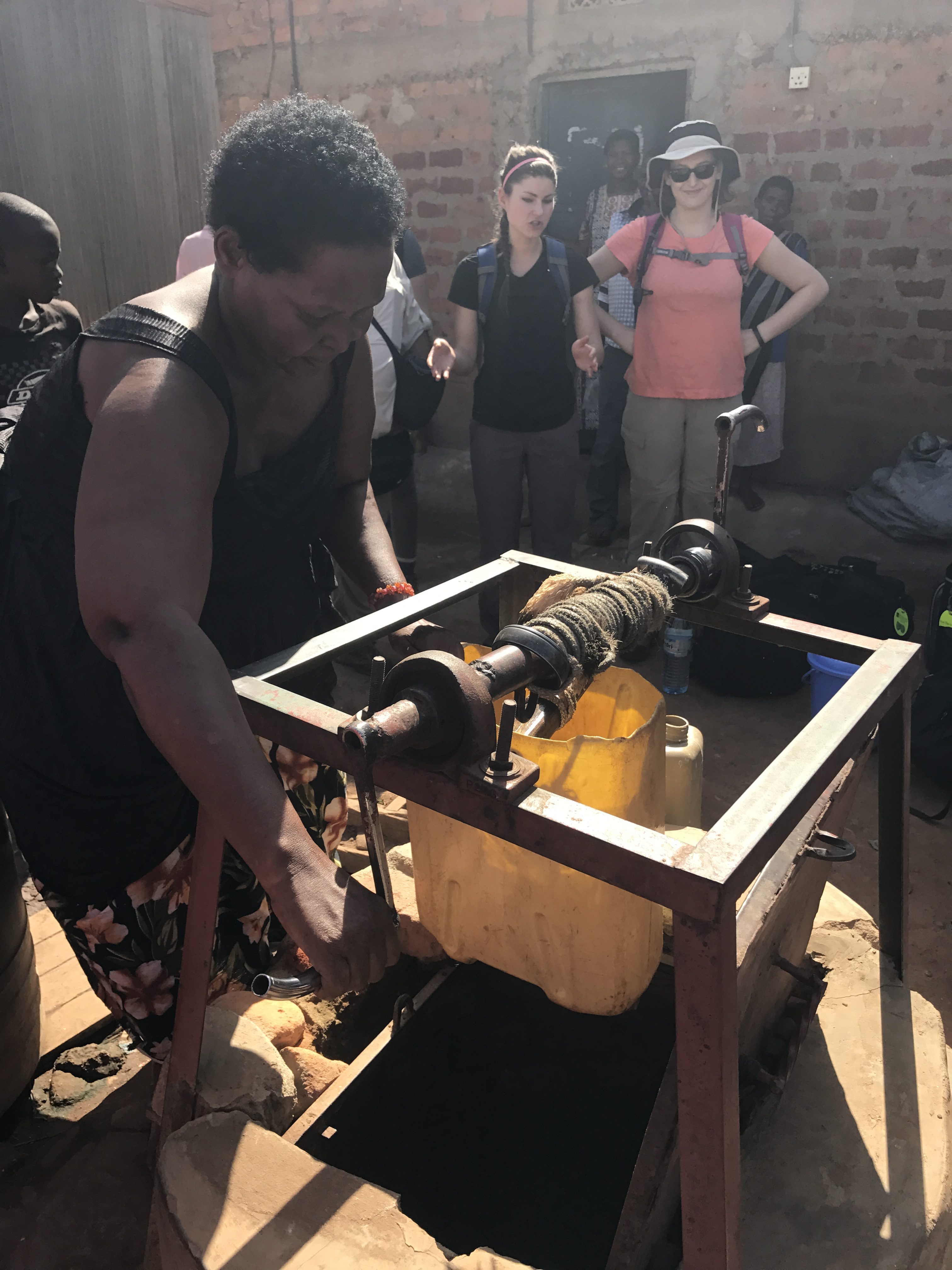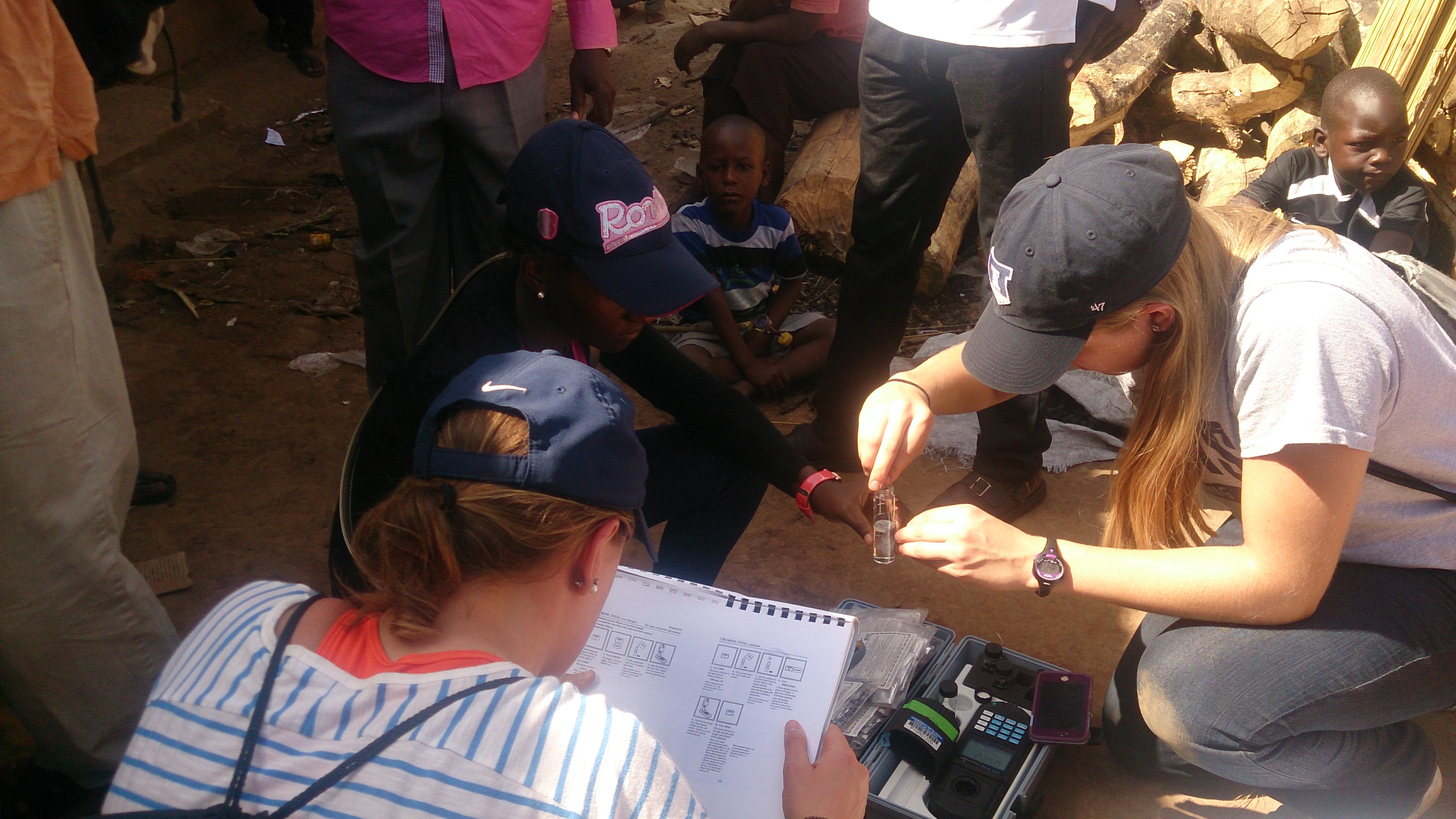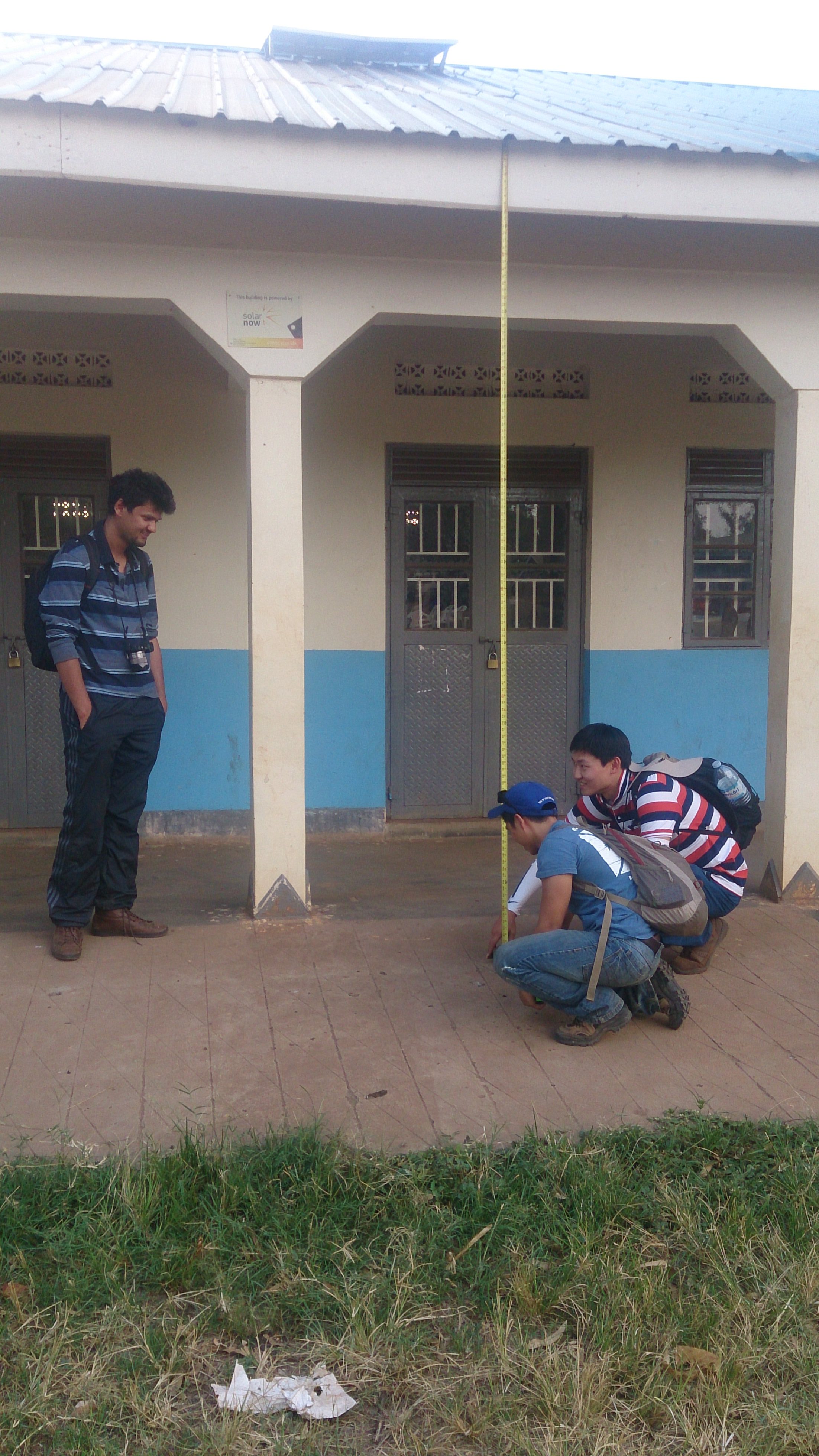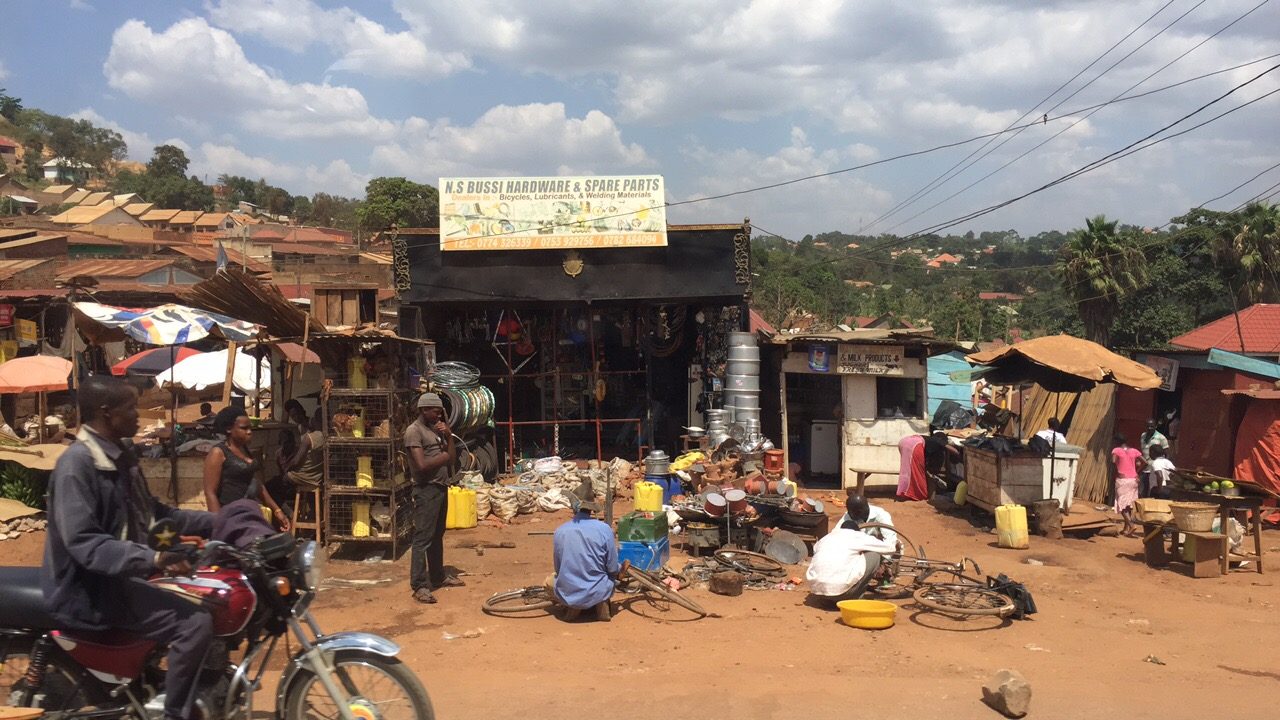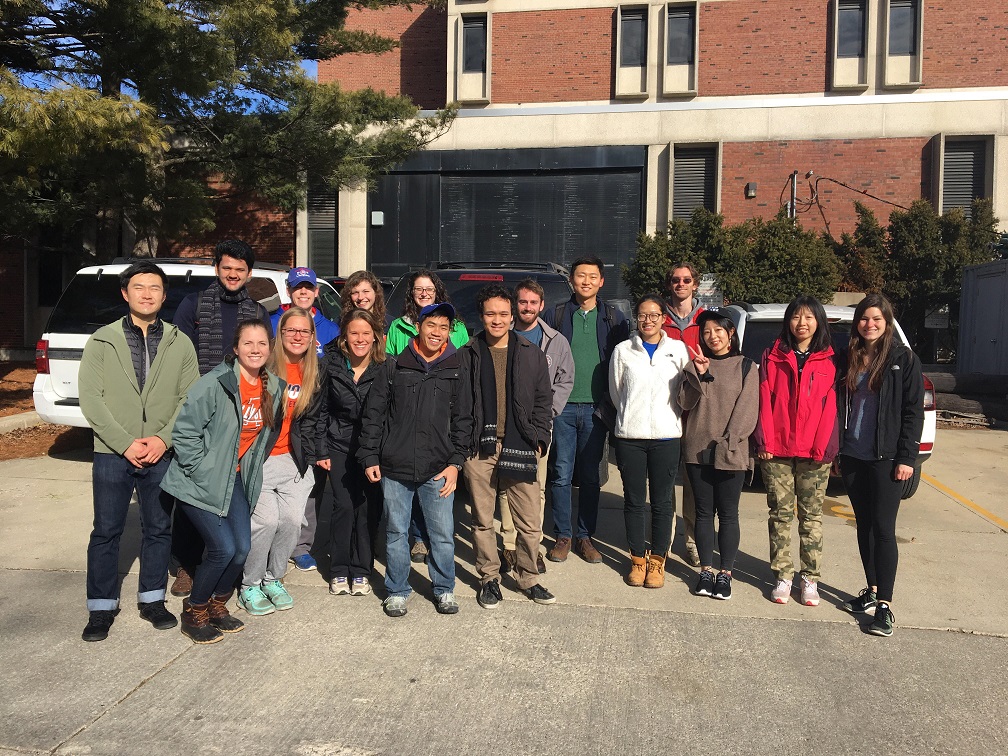February 12th, 2017 by Brandon Lung

We arrived in the Entebbe airport and had to go through 3 different waiting areas since we arrived about 8 hours before our flight due to a delay.
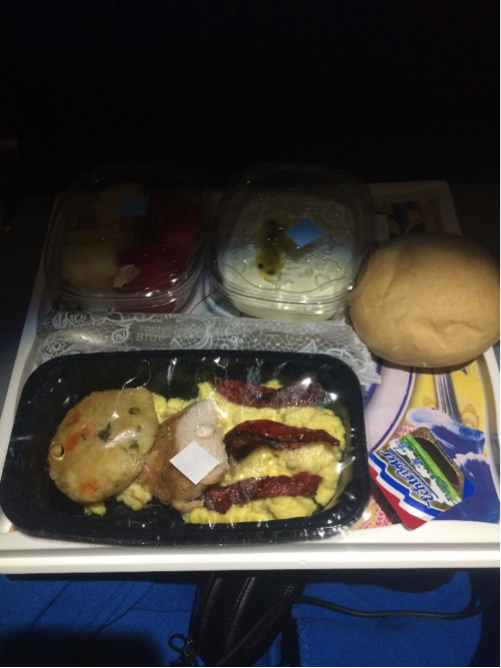
We had dinner at about midnight Uganda time which is about 3pm Chicago time. I believe everyone took a small 6.5 hour nap until breakfast. This was until 7AM Uganda time and 10PM Chicago time. The airplane food was not that bad either. They gave us two meals for both our 8 hour flights. All meals came with deserts despite it being breakfast.
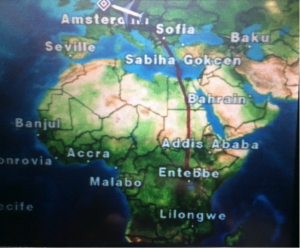
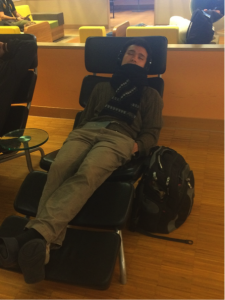
The nap felt great, however we’re going to feel jet lagged when we finally arrive back at U of I. We arrived at Amsterdam at 8:30AM Uganda time and 6:30AM Amsterdam time. We gained 2 hours. Some people slept, and some people decided to get homework done.
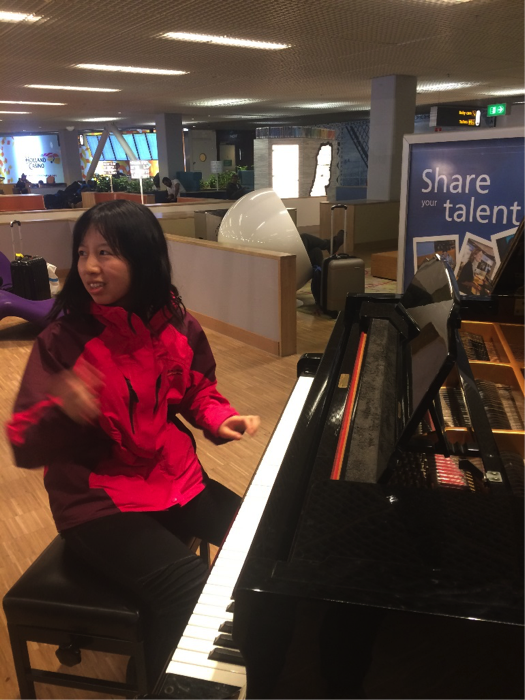
We had a small talent show that a few people decided to participate in. Wen and I played the piano. I also decided to rap for everyone. My “High” of today is that Gabi told me that I was a good water engineering student.
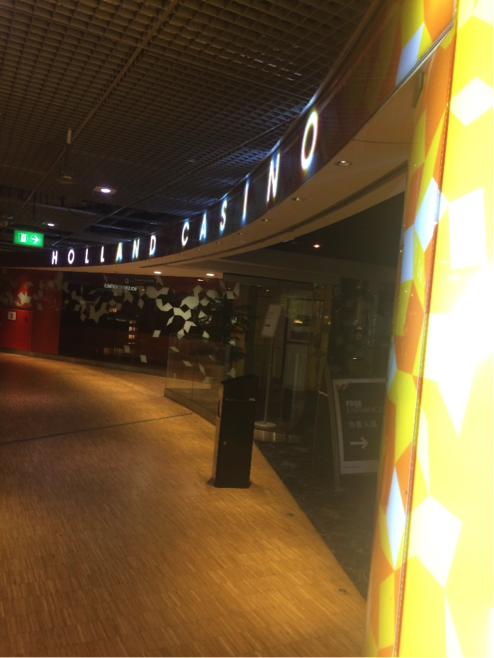
There’s a casino in the Amsterdam airport so we decided to donate a bit of money there.
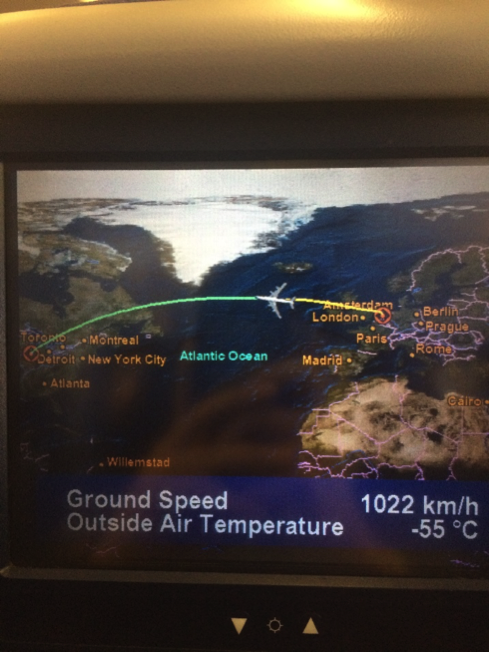
Nearing the 24 hour mark of traveling home. This blog day is especially long because of the time change. 24 + 9 = 33 hours long travel blog.
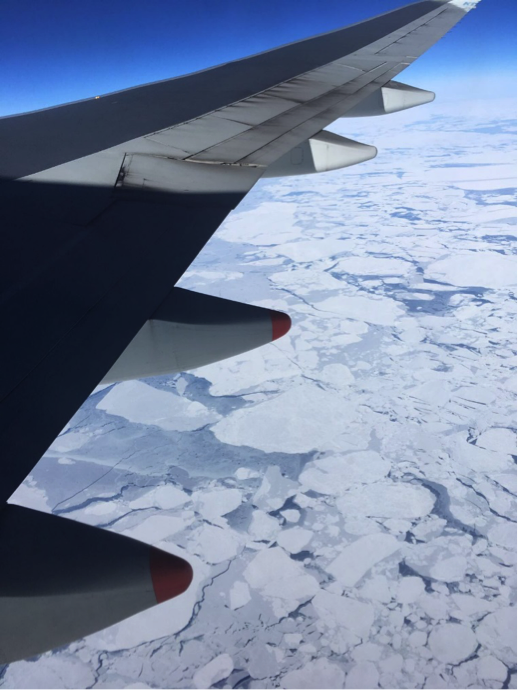
On the plane to ORD, estimated time of arrival is 2:32PM it’s weird that Amsterdam departure time is 12:30pm and we will arrive to Chicago in about two hours for our 8 hour flight.
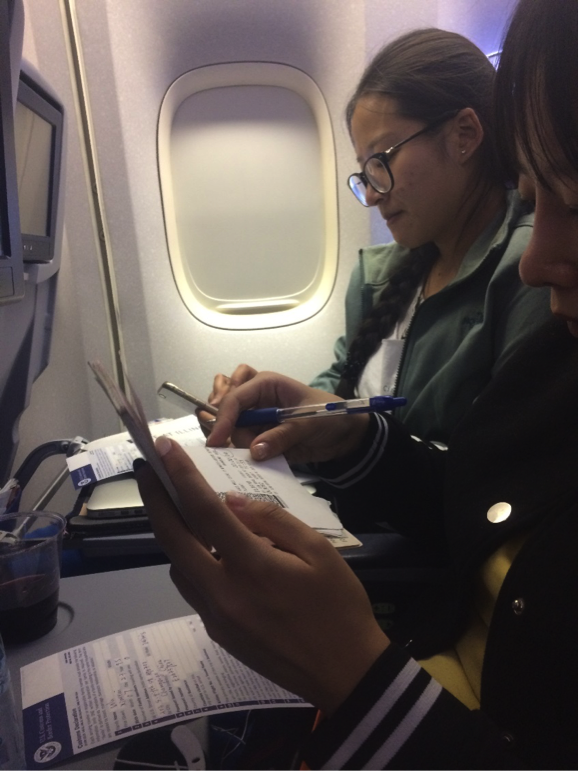
Everyone is tired and wants to go home, however not everyone is ready for school. This past week has flown by so fast that school due dates have crept up on many students and there is a rush of calculations and assignments being done furiously in the planes and airports.

We landed at O’Hare at about 2pm. My “Low” for today was the landing. It was very windy today, and over half of us got motion sickness and nearly puked.
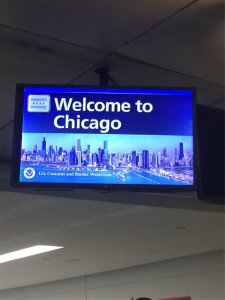
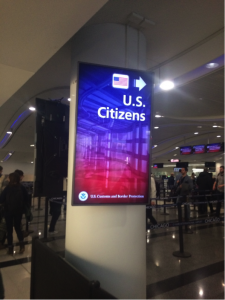
Finally arrived in ORD. We had to go through US Customs and Border Protection before leaving the airport.

We got into our rental cars and drove to Champaign at 4pm. Everyone was tired because many haven’t slept since the first flight to Amsterdam.

We arrived at Newmark at about 6:30pm.
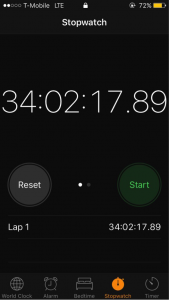
Total travel time back home was 34 hours. We had an amazing time. The experience was eye opening, and I am so glad that I got to spend a week learning and exploring Uganda with my classmates and teachers. It makes me realize how well we have it in America and how we should not take what we have for granted. This trip was definitely a highlight in my college career. Thank you to the department for funding this trip and thank you to our readers for following us throughout this blog! Suula balunji!

